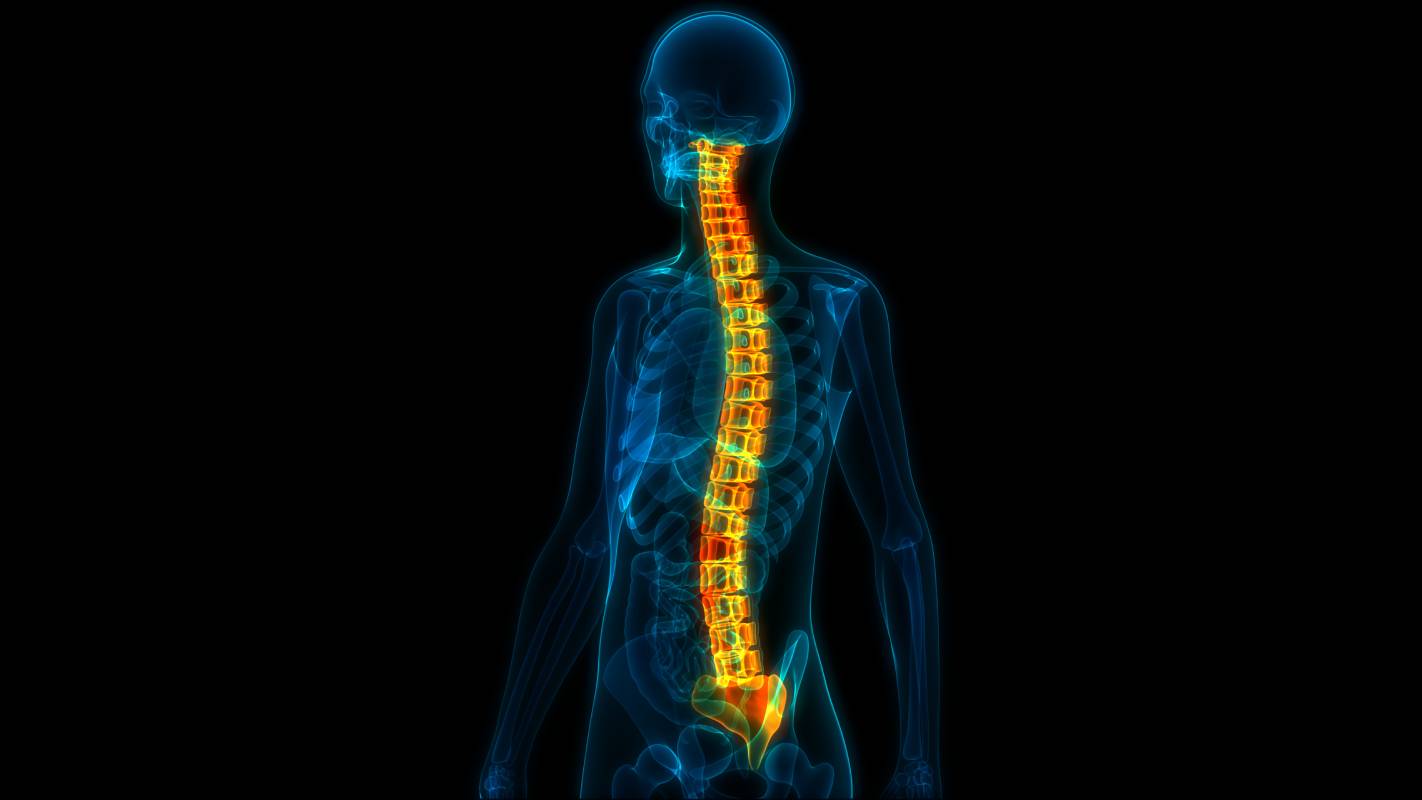One of the oldest neuromodulation therapeutic techniques, spinal cord stimulation (SCS) is a safe and effective option for treating neuropathic pain (1). Developed using postulates of gate control theory and peripheral nerve stimulation therapy, spinal cord stimulation works by sending electrical signals to the spinal cord through a pulse generator device connected to electrodes embedded in the epidural space to override pain signals (2). Although SCS is not a typical treatment method for most ailments, the therapy is often recommended for patients with failed back surgery syndrome, peripheral neuropathy, complex regional pain syndrome, ischemic pain, nerve plexus injuries, and other chronic pain conditions that do not improve in response to traditional analgesic techniques (3). Over 50,000 SCS devices are surgically implanted each year with success rates ranging from 47% to 74% (1, 4). When successful, SCS can ease pain, improve quality of life, and reduce the need for pain medications. Innovation in this field is currently targeting minimally invasive spinal cord stimulation technology to improve the success and comfort of the implantation procedure.
Despite the benefits of SCS, the difficulties associated with the surgical procedure and the current types of devices prevent many patients from accessing this therapy. One type of SCS device, a 12-millimeter-wide instrument with a one-dimensional array of electrodes known as the paddle-type probe, requires invasive surgery with general anesthesia (5). The other type, the 2-millimeter-wide percutaneous linear-type probe with a two-dimensional array, can be implanted in a low-risk day procedure using a needle, but its smaller size and cylindrical shape render it less effective at managing pain, unable to cover large areas, and more likely to migrate (5). Thus, patients must either select a longer operation with higher risk or a less effective device.
Recent advances in bioelectronics, however, are creating effective alternatives with unorthodox materials. Using thin film electronics, a team of researchers at the University of Cambridge developed a minimally invasive spinal cord stimulation (MI-SCS) device in a paddle shape that incorporates electrode arrays and fluidic channels into its silicone structure with a diameter of less than 2 millimeters before implantation (6). Softer, more flexible, and more dynamic than its predecessors, the MI-SCS device can be inserted with a needle during a low-risk procedure before expanding to 14 millimeters, while still maintaining high efficacy with a relatively low chance of displacement (6). Additionally, the fluidic channels, nested inside concentric polyethylene tubing, can be used for drug delivery, adding to the device’s potential for mitigating pain (6). While the novel MI-SCS device must undergo further clinical trials, its capability has been validated and improved in cadaveric testing (6).
In the future, minimally invasive spinal cord stimulation can integrate refined X-ray markers to aid in the placement of the device, as well as improved handling to prevent mechanical failures caused by microscopic tears in the silicone chamber (6). The research team that developed the novel device intends to begin trials on large mammals to further validate its power and safety. Although the MI-SCS device will require time before it can be extended to human patients, the instrument and its low-risk surgical implantation offer hope to the millions of patients who suffer from otherwise irremediable chronic pain (6).
References
1: Rock, A., Truong, H., Park, Y. and Pilitsis, J. (2019). Spinal cord stimulation. Neurosurgery Clinics of North America, vol. 30. DOI: 10.1016/j.nec.2018.12.003.
2: Sdrulla, A., Guan, Y. and Raja, S. (2018). Spinal cord stimulation: clinical efficacy and potential mechanisms. Pain Practice, vol. 18. DOI: 10.1111/papr.12692.
3: Deer, T. and Stewart, C. (2008). Complications of spinal cord stimulation: identification, treatment, and prevention. Pain Medicine, vol. 9. DOI: 10.1111/j.1526-4637.2008.00444.x.
4: Kumar, K., Rizvi, S., Ngyuen, R., Abbas, M., Bishop, S. and Murthy, V. (2014). Impact of wait times on spinal cord stimulation therapy outcomes. Pain Practice, vol. 14. DOI: 10.1111/papr.12126.
5: Ivano, D. and Vincenzo, L. Spinal cord stimulation for neuropathic pain: current trends and future applications. Brain Sciences, vol. 8. DOI: 10.3390/brainsci8080138.
6: Woodington, B., Curto, V., Yu, Y., Martinez-Dominguez, H., Coles, L., Malliaras, G., Proctor, C. and Barone, D. (2021). Electronics with shape actuation for minimally invasive spinal cord stimulation. Science Advances, vol. 7. DOI: 10.1126/sciadv.abg7833.
